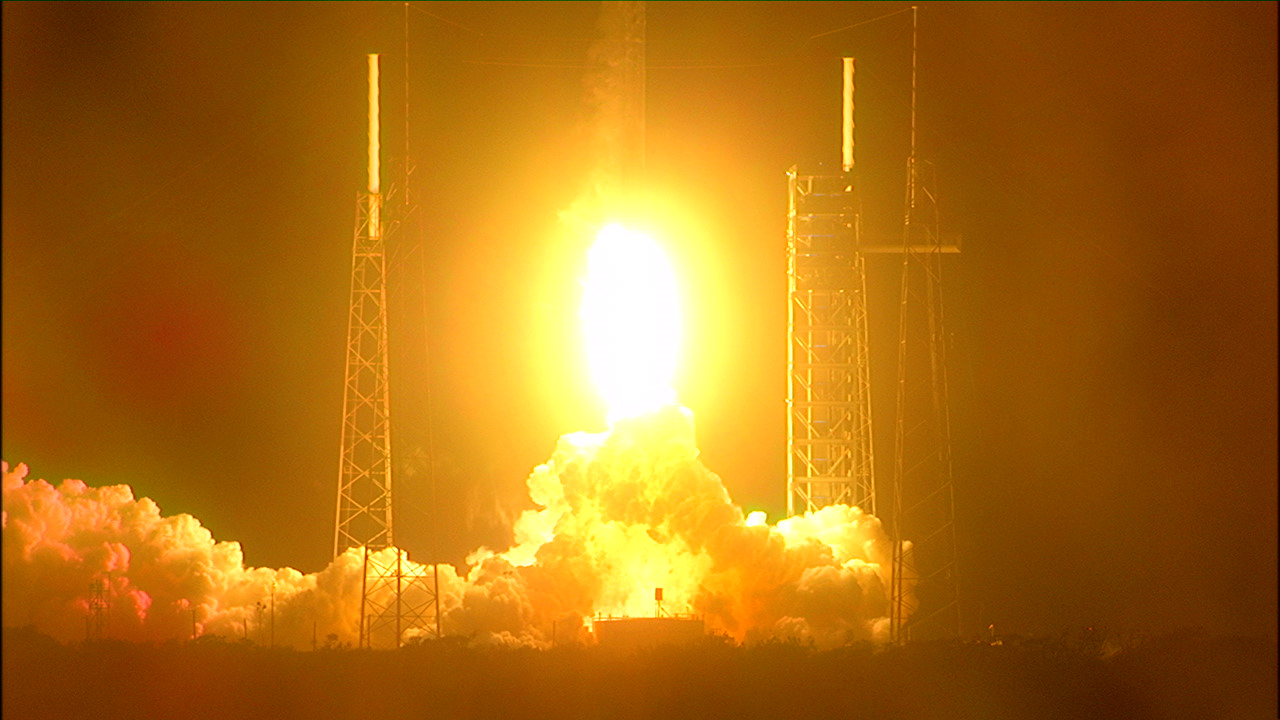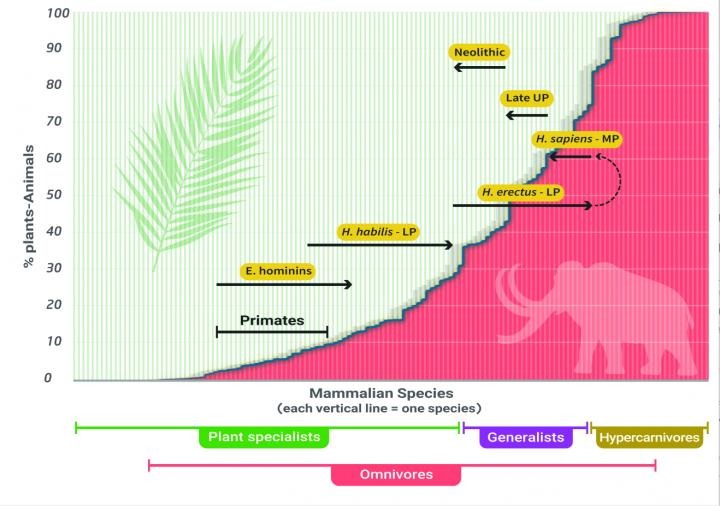NASA has successfully launched the Plankton, Aerosol, Climate, ocean Ecosystem (PACE) satellite to study ocean health, air quality, and the effects of a changing climate. The satellite was launched aboard a SpaceX Falcon 9 rocket from Cape Canaveral Space Force Station in Florida. Five minutes after the launch, NASA confirmed signal acquisition from the satellite, and the spacecraft is performing as expected.
“With this new addition to NASA’s fleet of Earth-observing satellites, PACE will help us learn how particles in our atmosphere and oceans can identify key factors impacting global warming,” said NASA Administrator Bill Nelson. PACE will support the Biden-Harris Administration’s climate agenda and help answer urgent questions about our changing climate.
The PACE mission will study the impact of microscopic life in water and microscopic particles in the air from hundreds of miles above Earth. The satellite’s hyperspectral ocean color instrument will allow researchers to measure oceans and other waterbodies across a spectrum of ultraviolet, visible, and near-infrared light. This will enable scientists to track the distribution of phytoplankton and identify which communities of these organisms are present on daily, global scales.
The spacecraft also carries two polarimeter instruments, Hyper-Angular Rainbow Polarimeter #2 and Spectro-polarimeter for Planetary Exploration. These will detect how sunlight interacts with particles in the atmosphere, giving researchers new information on atmospheric aerosols and cloud properties, as well as air quality at local, regional, and global scales. PACE will provide insights into the interactions of the ocean and atmosphere, and how a changing climate affects these interactions.
The PACE mission will profoundly advance our knowledge of the ocean’s role in the climate cycle,” said Karen St. Germain, director, Earth Science Division, Science Mission Directorate, at NASA Headquarters. The value of PACE data will be combined with data and science from NASA’s Surface Water and Ocean Topography mission to usher in a new era of ocean science.
NASA’s oceans are responding in many ways to climate change, and with PACE, researchers will be able to study climate change’s effects on phytoplankton. These tiny organisms play a key role in the global carbon cycle by absorbing carbon dioxide from the atmosphere and converting it into their cellular material, driving larger aquatic and global ecosystems that provide critical resources for food security, recreation, and the economy.
“After 20 years of thinking about this mission, it’s exhilarating to watch it finally realized and to witness its launch,” said Jeremy Werdell, PACE project scientist at NASA’s Goddard Space Flight Center in Greenbelt, Maryland. “The opportunities PACE will offer are so exciting, and we’re going to be able to use these incredible technologies in ways we haven’t yet anticipated. It’s truly a mission of discovery.”
NASA’s Launch Services Program managed the launch services for the PACE mission, and the mission is managed by NASA Goddard, which also built and tested the spacecraft and the ocean color instrument. The Hyper-Angular Rainbow Polarimeter #2 was designed and built by the University of Maryland, Baltimore County, and the Spectro-polarimeter for Planetary Exploration was developed and built by a Dutch consortium led by Netherlands Institute for Space Research, Airbus Defence, and Space Netherlands.
For more information on PACE, visit:
-end-
Faith McKie / Karen Fox
Headquarters, Washington
202-358-1600 / 240-285-5155
faith.d.mckie@nasa.gov / karen.c.fox@nasa.gov
Jake Richmond
Goddard Space Flight Center, Greenbelt, Md.
240-713-1618
jacob.a.richmond@nasa.gov









